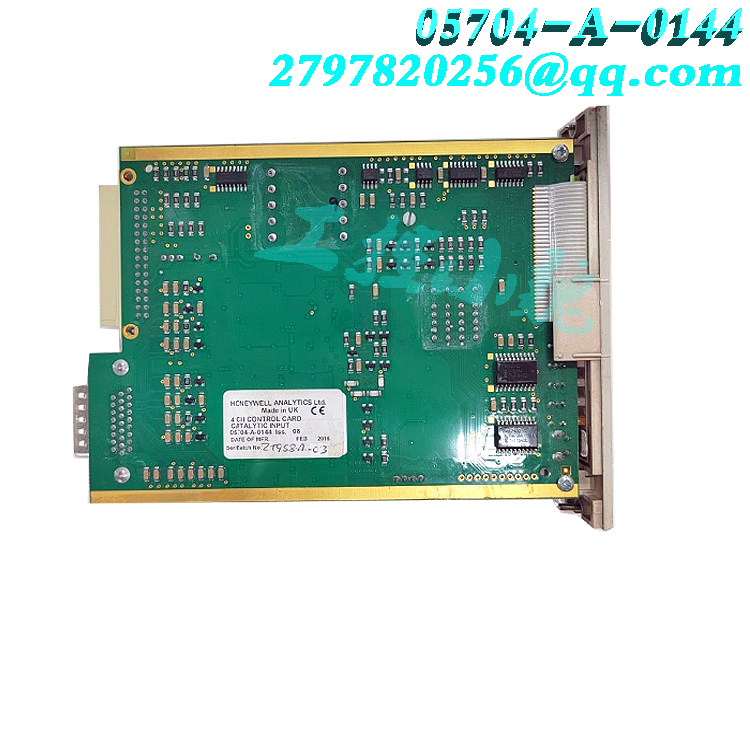发动机转速传感器也称曲轴位置传感器(图a) ,装于飞轮壳上或曲轴的前端,有些老式的发动机
(比如丰田8A发动机)装于分电器内,其作用是用于测定曲轴或分电器轴的转速和转角,给ECU
提供发动机转速信号和曲轴转角信号,作为燃油喷射和点火控制的主控信号,如下图所示。
转速传感器安装位置

凸轮轴位置传感器(图b )装于凸轮轴的前端或后端,老式的发动机装于分电器内,其作用是
给ECU提供曲轴转角基准位置(缸压缩 上止点)信号,作为控制单元计算喷油时间和点火时
间的辅助信号。

转速传感器的作用是:
1、发动机转速传感器又叫曲轴位置传感器,是电喷发动机控制系统中重要的传感器之一。发动机转速传感器的作用是检测发动机转速,可以确定曲轴的位置,检测活塞上止点信号和曲轴转角信号,并将检测的信号传送至ECU,用于控制点火时刻和喷油正时;
2、发动机转速传感器与凸轮轴位置传感器的结构和工作原理基本相同,相互协作,才能确保发动机正常工作。通常安装在一起,一般在分电器内,安装在变速箱离合器壳体上,在曲轴前端或曲轴后端,使用脉冲信号式转速传感器测量发动机转速。一些则安装在曲轴前端、凹轮轴前端或飞轮上,具体安装位置与发动机转速传感器的类型有关;
3、发动机转速传感器按传感器产生信号的原理可分为磁感应式、光电式和霍尔式3种类型。电磁感应式转速传感器分为2线制或3线制,而常见的霍尔式转速传感器是3线制的。其中的2线分别是电源线和交流信号线,3线的第3条线是交流信号屏蔽线,与搭铁连接。转速传感器工作原理:
1、转速传感器在测量机械设备的转速时,被测量机械的金属齿轮、齿条等运动部件会经过传感器的前端,引起磁场的相应变化,当运动部件穿过霍尔元件产生磁力线较为分散的区域时,磁场相对较弱,而穿过产生磁力线较为几种的区域时,磁场就相对较强;
2、霍尔转速传感器就是通过磁力线密度的变化,在磁力线穿过传感器上的感应元件时,产生霍尔电势。霍尔转速传感器的霍尔元件在产生霍尔电势后,会将其转换为交变电信号,后传感器的内置电路会将信号调整和放大,输出矩形脉冲信号;
3、霍尔转速传感器的测量方法霍尔转速传感器的测量必须配合磁场的变化,因此在霍尔转速传感器测量非铁磁材质的设备时,需要事先在旋转物体上安装专门的磁铁物质,用以改变传感器周围的磁场,这样霍尔转速传感器才能准确的捕捉到物质的运动状态。
发动机车速传感器损坏的症状包括:
1、怠速时发动机不稳定现象;
2、车辆在起步或行驶过程中减速停车时,出现瞬间停车或熄火现象;
3、发动机加速性能下降;
4、仪表车速显示参差不齐;
5、发动机故障指示灯点亮。
转速传感器一般安装在分电器或发动机上,可以检测曲轴的旋转角。然而,如果发生故障,点火系统的工作会被破坏,发动机将无法工作。
大多数转速传感器为磁脉冲式,因此可以发出微弱的电信号,检测时可以使用万用表或示波器。
转速传感器根据传感器物理量、工作原理和输出信号的性质可进行分类。它们的作用是:
1、发动机转速传感器检测发动机转速,控制点火正时和喷油正时;The engine speed sensor, also known as the crankshaft position sensor (Figure a), is installed on the flywheel housing or at the front end of the crankshaft, and some old-fashioned engines
(For example, the Toyota 8A engine) is installed inside the power distributor, and its function is to measure the speed and angle of the crankshaft or power distributor shaft, and provide it to the ECU
Provide engine speed signals and crankshaft angle signals as the main control signals for fuel injection and ignition control, as shown in the following figure.
Installation position of speed sensor
The camshaft position sensor (Figure b) is installed at the front or rear end of the camshaft, and the old-fashioned engine is installed in the power distributor, its function is to
Provide the ECU with the crankshaft angle reference position (top dead center of the first cylinder compression) signal as the control unit to calculate the injection time and ignition time
Auxiliary signal between.
The function of the speed sensor is to:
1. The engine speed sensor, also known as the crankshaft position sensor, is one of the most important sensors in the electronic fuel injection engine control system. The function of the engine speed sensor is to detect the engine speed, which can determine the position of the crankshaft, detect the top dead center signal of the piston and the crankshaft angle signal, and transmit the detected signal to the ECU for controlling the ignition timing and fuel injection timing;
2. The structure and working principle of the engine speed sensor and camshaft position sensor are basically the same, and mutual cooperation is necessary to ensure the normal operation of the engine. Usually installed together, usually in the power distributor, mounted on the gearbox clutch housing, at the front or rear of the crankshaft, using a pulse signal type speed sensor to measure the engine speed. Some are installed on the front end of the crankshaft, the front end of the concave wheel shaft, or the flywheel, and the specific installation position depends on the type of engine speed sensor;
3. Engine speed sensors can be divided into three types based on the principle of signal generation: magnetic induction, photoelectric, and Hall type. Electromagnetic induction speed sensors are divided into 2-wire or 3-wire systems, while the common Hall type speed sensors are 3-wire systems. The two wires are the power line and the AC signal line, while the third wire of the three wires is the AC signal shielding wire, which is connected to the ground. Operating principle of speed sensor:
1. When measuring the speed of mechanical equipment using a speed sensor, the metal gears, racks, and other moving parts of the measured machinery will pass through the front end of the sensor, causing corresponding changes in the magnetic field. When the moving parts pass through the area where the magnetic field lines generated by the Hall element are relatively scattered, the magnetic field is relatively weak, while when passing through the area where the magnetic field lines generated are relatively few, the magnetic field is relatively strong;
2. The Hall speed sensor generates Hall potential when the magnetic field density changes and passes through the sensing element on the sensor. The Hall component of the Hall speed sensor generates Hall potential and converts it into an alternating electrical signal. Finally, the built-in circuit of the sensor adjusts and amplifies the signal to output a rectangular pulse signal;
3. The measurement method of Hall speed sensor must be in line with the changes in magnetic field. Therefore, when measuring equipment made of non ferromagnetic materials using Hall speed sensor, it is necessary to install a specialized magnetic material on the rotating object in advance to change the magnetic field around the sensor, so that the Hall speed sensor can accurately capture the motion state of the material.
Symptoms of engine speed sensor damage include:
1. Engine instability during idle speed;
2. When the vehicle slows down and stops during starting or driving, there is an instant stop or stalling phenomenon;
3. Reduced engine acceleration performance;
4. The instrument speed display is uneven;
5. The engine malfunction indicator light is on.
The speed sensor is generally installed on the power distributor or engine and can detect the rotation angle of the crankshaft. However, if a malfunction occurs, the operation of the ignition system will be disrupted and the engine will not be able to operate.
Most speed sensors are magnetic pulse type, so they can emit weak electrical signals. A multimeter or oscilloscope can be used for detection.
Speed sensors can be classified based on their physical quantities, working principles, and the properties of their output signals. Their role is to:
1. The engine speed sensor detects the engine speed, controls the ignition timing and fuel injection timing;


